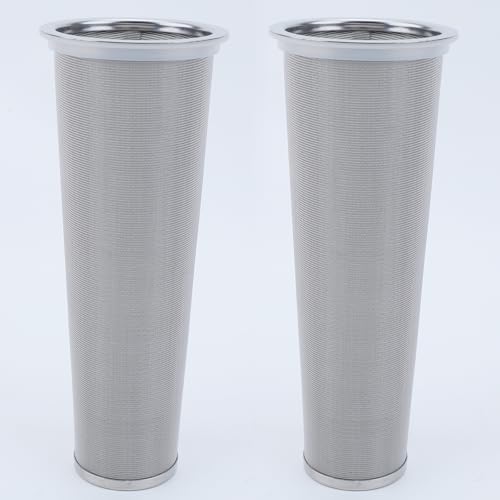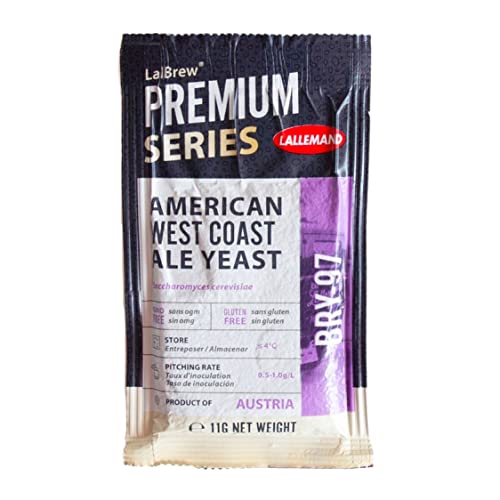You're missing the point that it doesn't matter that green beer may have microbiological impurities. Any impurities that may be in the green beer are also in the culture. The culture is biologically stable because of its pH and ethanol content (most bacteria are pH and ethanol sensitive). When one replaces the green beer with boiled water, one not only risks introducing new wild microflora into to the equation, the new wild microflora and any existing wild microflora can now start because one has raised the pH of the culture and removed the alcohol.
Let's use food canning as an example of pH affects bacteria. There are foods that can be canned via boiling water bath and foods that require pressure canning. Can you guess what types of food can be canned via boiling water immersion? If you guessed low pH foods, then it is starting click. In order for boiling water canning to be successful, a food stuff must have a pH that is below 4.6. Boiling canned low pH food does not kill Clostridium botulinum spores. The boiling water bath deactivates the vegetative cells, and the low pH prevents the spores from germinating.
The pH of green beer is in the range of 4.1 to 4.2 (beer's low pH is integral to its stability as a food stuff). Only a very select group of bacteria spores can germinate in a 4.1 pH solution. You do not want these microorganisms in your brewery because they are known as beer spoilage organisms. Common beer spoilage bacteria are strains from the Lactobacillus, Pedicoccus, and Acetobacter families. These bacteria strains have the potential to render a brewery non-operable if not tightly controlled.
While I do not wish to take this thread off on tangent, here's a link to a thesis dealing with the microbiological stability of beer and hop resistant beer spoilage bacteria.
dissertations.ub.rug.nl/FILES/faculties/science/2002/k.sakamoto/thesis.pdf
"Beer has been recognized for hundreds of years as a safe beverage. It is hard to spoil and has a remarkable microbiological stability. The reason is that beer is an unfavorable medium for many micro-organisms due to the presence of ethanol (0.5-10% w/w), hop bitter compounds (approx. 17-55 ppm of iso-α-acids), the high content of carbondioxide (approx. 0.5% w/v), the low pH (3.8-4.7), the extremely reduced content of oxygen (<0.1 ppm) and the presence of only traces of nutritive substances such as glucose, maltose and maltotriose. These latter carbon sources have been substrates for brewing yeast during fermentation. As a result pathogens such as Salmonellae typhimurium and Staphylococcus aureus do not grow or survive in beer (Bunker, 1955)."















































![Craft A Brew - Safale BE-256 Yeast - Fermentis - Belgian Ale Dry Yeast - For Belgian & Strong Ales - Ingredients for Home Brewing - Beer Making Supplies - [3 Pack]](https://m.media-amazon.com/images/I/51bcKEwQmWL._SL500_.jpg)










